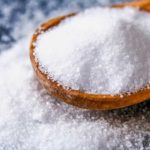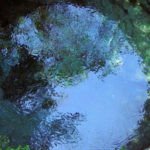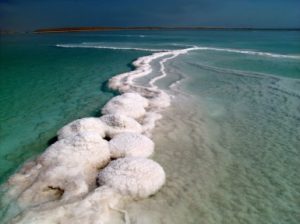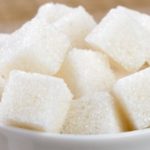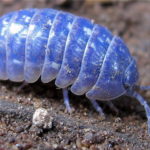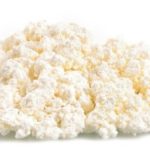28 interesting facts about salt
 We are used to putting salt in food every day, not really thinking about where it comes from. But it is very different! And not only food, but, for example, technical. And salt is mined in a variety of ways – huge quarries work on land somewhere, while in other places salt is mined from sea water.
We are used to putting salt in food every day, not really thinking about where it comes from. But it is very different! And not only food, but, for example, technical. And salt is mined in a variety of ways – huge quarries work on land somewhere, while in other places salt is mined from sea water.
The level of its consumption varies depending on the country, but on average it is about 6-8 kg per year per person. It seems that this figure is too high, but let’s not forget that salt is already present in many products that we do not add salt.
About 3 millennia ago, the ancient Chinese learned to extract salt by evaporating seawater.
Salt is used in the manufacture of such familiar items as soap and glass.
As you know, salting food contributes to its safety. As archaeologists found out, even the ancient Egyptians knew about this, actively pickling different foods.
For eating, only about 6% of the world’s salt production is used.
Amazing salt caves are found in the world. The largest and most famous of them are located in the Czech Republic.
About 1200-1400 years ago in China, almost half of the empire’s income was profit from salt trading.
There are special fortune telling by salt. They are called “alomancy”.
Salt is usually referred to as spices. Of all of them, it is the oldest, our distant, distant ancestors began to eat it.
In India, black salt is produced, which, however, does not differ in taste from ordinary. The seeds of one plant give it a black color.
Once upon a time, salt was fabulously expensive, and was literally worth its weight in gold. In the truest sense of the word. Now it is the cheapest spice in the world.
Salt is used to purify aviation kerosene from moisture. Kerosene is passed through it, and it binds the water contained in it.
In the middle of the 17th century, a riot took place in Moscow, which was called Solyany, as its primary reason was the high salt tax.
A dose of salt, about a hundred times higher than the daily rate of its consumption, is deadly, and it is likely to kill even the healthiest person.
The Finnish authorities are implementing a social program designed to reduce salt consumption by the population. As a result of its action, the number of strokes and heart attacks has almost halved.
In many countries, manufacturers are legally required to indicate on their product labels whether they contain salt. But not in all.
Excessive salt intake is harmful to the body. Absolutely abandoning it can also be harmful, but it is better to limit the amount of salt consumed.
The World Health Organization has found that eating too much salt often leads to high blood pressure, which, in turn, can cause other health problems.
The world’s largest salt marsh is located in Bolivia. This is a dry lake of Uyuni, which is only briefly in the rainy season, covered with a thin layer of water, and therefore turns into the largest mirror in the world.
Dead Sea salt is so valued because it is very different in composition from salt from any other sea or ocean.
It is still not known how much salt is around the world. It is only known that it is very, very much.
The salinity of water in different seas and oceans is different, but on average about 27 kg of salt is contained in one cubic meter of sea water.
The Ukrainian city of Artemovsk has the largest salt deposit in all of Europe.
Despite the above comments about the dangers of excess salt intake, it is vital for the normal functioning of the human body.
Some two hundred years ago, salt was 3-5 times more expensive than the best beef.
On sale there is salt of different colors. These colors are given to her by the natural mineral impurities contained in her.
Until the beginning of the last century, salt, more precisely, a pound of salt (about 450 grams) was the official currency of Abyssinia. Now Abyssinia is called Ethiopia.
The consumption of fossil (rock) salt is higher than the salt extracted from sea water.


